There’s no doubt and there’re no secrets that Hollywood is in its biggest crisis ever, and the film industry is taking hits. Pandemic+ strikes+ AI have smashed the filmmaking industry. Our opinion: Premium presentations like IMAX and Sphere can save it and make moviegoers believe again in the huge canvas. A discussion ahead – Can IMAX Preserve and Revive the Film Industry? You can also see this as an open letter to the IMAX CEO. Rich, get these not-so-bad action items.

Reviving old titles, like Michael Bay’s Armageddon or The Rock, is a smart strategy for IMAX to reignite passion among moviegoers.
The power of premium presentation (IMAX)
IMAX has the potential to play a significant role in preserving and revitalizing the film industry and counterattacking small screens, but it cannot do so alone. Here’s why IMAX stands out and where its limitations lie:
Strengths of IMAX:
- Unparalleled Immersive Experience: IMAX’s large-format screens, high resolution, and superior sound systems offer an experience that no home theater or streaming service can replicate. This differentiation is vital in an era where viewers increasingly consume content on small screens.
- Premium Content Attracts Audiences: Films shot or optimized for IMAX (e.g., Oppenheimer, Dune) are events, drawing audiences to theaters for the spectacle and exclusivity they provide.
- Global Reach: IMAX has a well-established network of theaters worldwide, making it a key player in maintaining the theatrical experience as a cultural phenomenon.
Challenges for IMAX
- Limited Accessibility: IMAX is a premium product, and its ticket prices may not appeal to budget-conscious consumers.
- Dependence on High-Quality Content: The IMAX format thrives on visually stunning and narratively compelling films, which require collaboration with filmmakers committed to the theatrical experience.
- The Rise of AI and Streaming: AI-generated content and streaming platforms are reshaping the entertainment landscape, offering convenience and affordability that IMAX cannot compete with directly.
While IMAX alone cannot save the industry, it can act as a cornerstone for revitalizing cinema by working closely with filmmakers, studios, and educational institutions to promote the value of premium cinematic experiences.
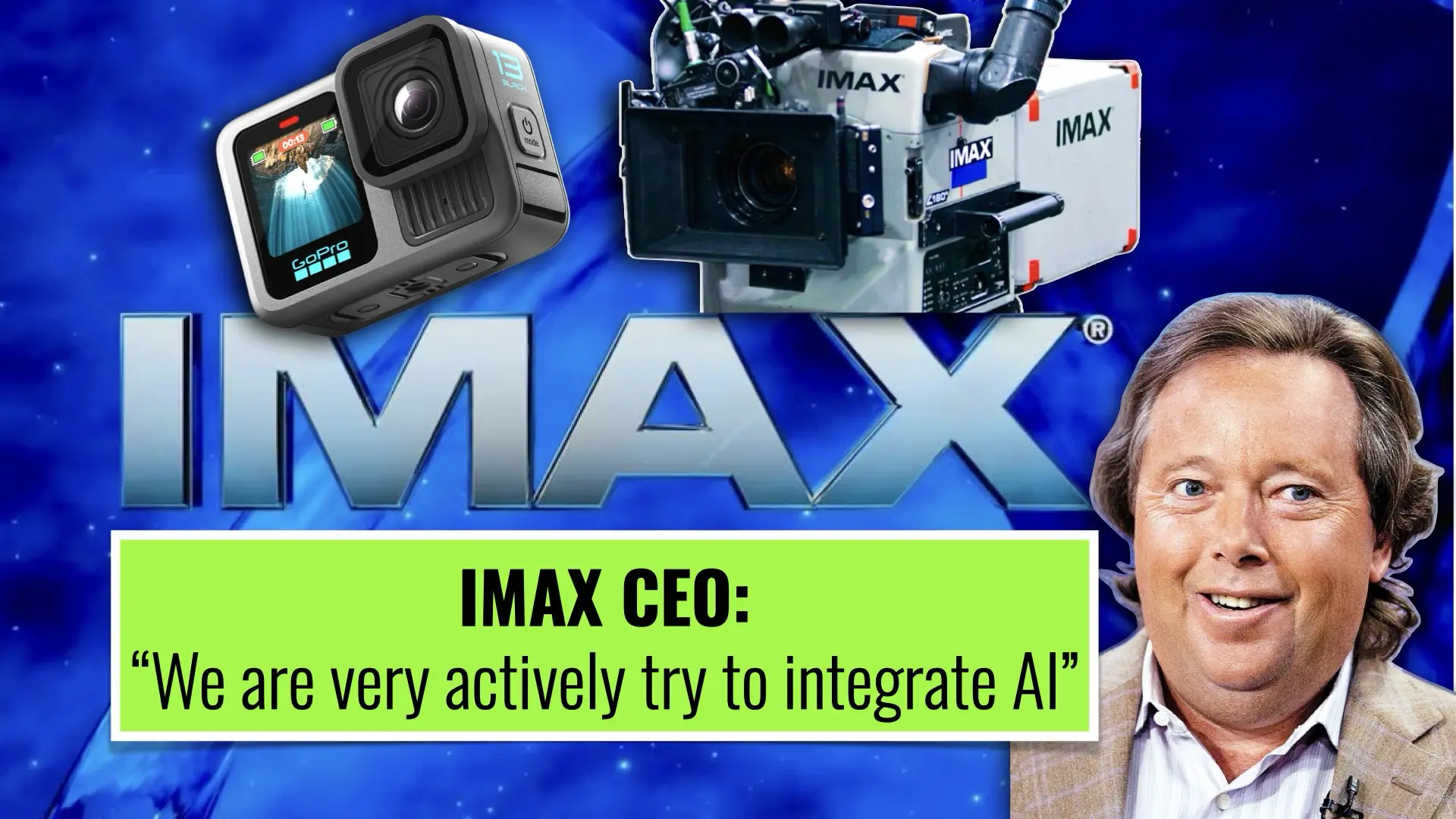
IMAX has the potential to counter the growing influence of AI-generated content by emphasizing the unique, human-driven artistry of filmmaking and the unparalleled theater experience.
IMAX should revive old titles to attract fresh passion among moviegoers
Reviving old titles, like Michael Bay’s Armageddon or The Rock, is a smart strategy for IMAX to reignite passion among moviegoers. Here’s why:
Benefits of Reviving Old Titles
- Nostalgia Marketing: Classic films evoke strong emotional connections, attracting audiences who want to relive the magic on the big screen.
- New Audience Appeal: Many younger viewers haven’t experienced these classics in theaters, let alone in premium formats like IMAX. This creates an opportunity to introduce them to these films in a spectacular way. Let me take my kids to watch Bay’s Armageddon on IMAX!
- Cost-Effective Content: Remastering older titles is often more affordable than producing new films, offering a high return on investment.
- Eventized Cinema: Marketing campaigns around revived classics can turn screenings into events, creating buzz and driving attendance.
Execution Strategies
- Curated Seasons: Organize themed retrospectives (e.g., “90s Blockbusters” or “Michael Bay Spectacular”).
- Enhanced Experiences: Pair screenings with behind-the-scenes documentaries, live Q&A sessions with cast or crew, or interactive elements like AR/VR.
- Localized Marketing: Target cities with strong nostalgia demographics or regions where the original films performed well.
By tapping into nostalgia while leveraging the IMAX format’s strengths, this approach can attract diverse audiences and reinforce the value of the theatrical experience.
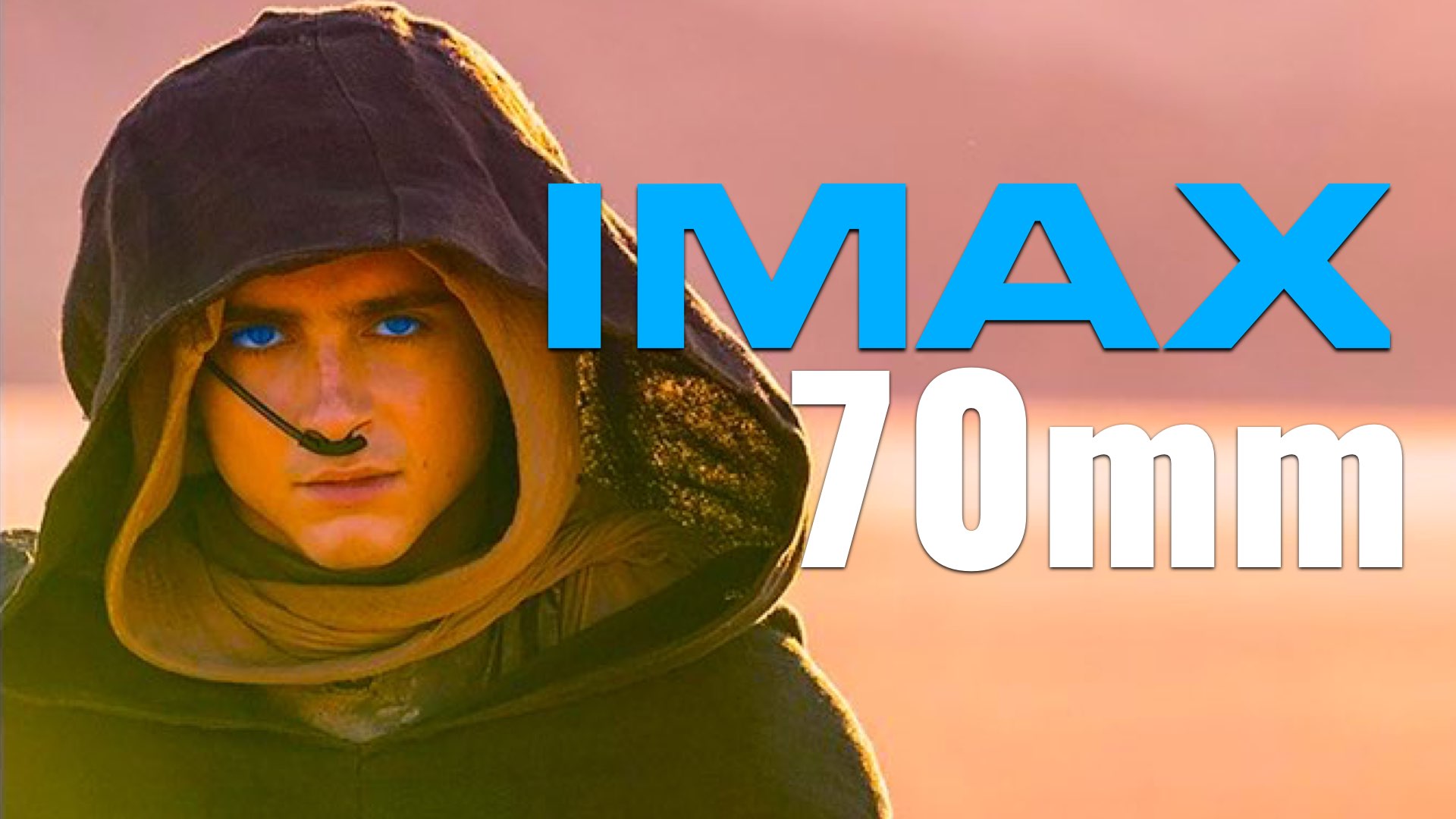
Can IMAX technology fight AI technologies?
IMAX has the potential to counter the growing influence of AI-generated content by emphasizing the unique, human-driven artistry of filmmaking and the unparalleled theater experience. Here’s how:
Why IMAX Can Be a Counterforce
- Focus on Human-Centric Storytelling: IMAX thrives on films crafted with meticulous attention to detail—from cinematography to sound design—elements that AI struggles to replicate at the highest level. Take Christopher Nolan as the ultimate reference.
- Event Cinema: AI-driven content is often created for streaming or casual consumption. IMAX can position itself as the home for grand, event-based storytelling, offering a level of engagement AI content cannot match.
- Quality Over Quantity: AI emphasizes volume and speed; IMAX emphasizes artistry and impact, appealing to audiences seeking meaningful cinematic experiences.
- Partnerships with Visionary Filmmakers: Directors like Christopher Nolan and Michael Bay are champions of theater-first presentations. IMAX can strengthen partnerships with such creators to produce works that stand in direct contrast to AI-generated content.
Challenges in Fighting AI
- AI can enhance production pipelines, making premium projects more accessible to smaller studios and creators.
- The convenience and affordability of AI-generated and streaming content will remain a significant competitor.
IMAX should position itself as the gold standard for cinema, a place where the human touch in filmmaking is celebrated and elevated.

IMAX should position itself as the gold standard for cinema, a place where the human touch in filmmaking is celebrated and elevated.
Action Items for IMAX to Combat AI and Revitalize Cinema
- Strengthen Collaborations with Filmmakers
- Actively partner with directors and studios to produce exclusive IMAX-first films.
- Offer grants or funding for filmmakers who commit to shooting in IMAX.
- Promote Human-Centric Storytelling
-
- Launch campaigns highlighting the artistry and craftsmanship behind IMAX films.
- Showcase behind-the-scenes footage to connect audiences with the creative process.
- Enhance the Theatrical Experience
-
- Integrate interactive technologies like augmented reality (AR) or virtual reality (VR) for pre- or post-screening engagement.
- Innovate with AI-enhanced projection and sound systems to improve the sensory experience. Hence, utilize AI to your side.
- Expand Educational Initiatives
-
- Collaborate with film schools to teach premium-format filmmaking techniques.
- Host workshops and masterclasses led by IMAX-experienced directors.
- Leverage AI Responsibly
-
- Use AI tools to streamline production workflows or enhance content without compromising human creativity.
- Develop AI-driven marketing strategies to reach broader audiences effectively.

Business Advice for IMAX CEO Rich Gelfond
Here are some business advice for IMAX CEO Rich Gelfond:
- Broaden Content Partnerships
- Partner with streaming platforms to bring exclusive theatrical premieres to IMAX, ensuring audiences experience these films first in theaters.
- Expand collaborations with international filmmakers to diversify offerings and attract global audiences.
- Focus on Emerging Markets
-
- Invest in expanding IMAX theaters in regions with growing middle-class populations, such as Southeast Asia, Africa, and South America. IMAX is working hard on China, but there’s a long way to go.
- Rebrand the Theater Experience
-
- Market IMAX as an indispensable cultural experience rather than just a luxury. Position theaters as the “ultimate storytelling canvas.”
- Sustain Innovation
-
- Continue developing new technologies that enhance the IMAX experience, such as laser projection or AI-assisted enhancements.
- Embrace Nostalgia with Modern Flair
-
- Revive classic films while introducing enhancements like remastered visuals, 3D effects, or immersive soundtracks.
By adopting these strategies, IMAX can not only preserve its status as a premium cinema brand but also redefine the future of theatrical experiences in a rapidly changing industry.
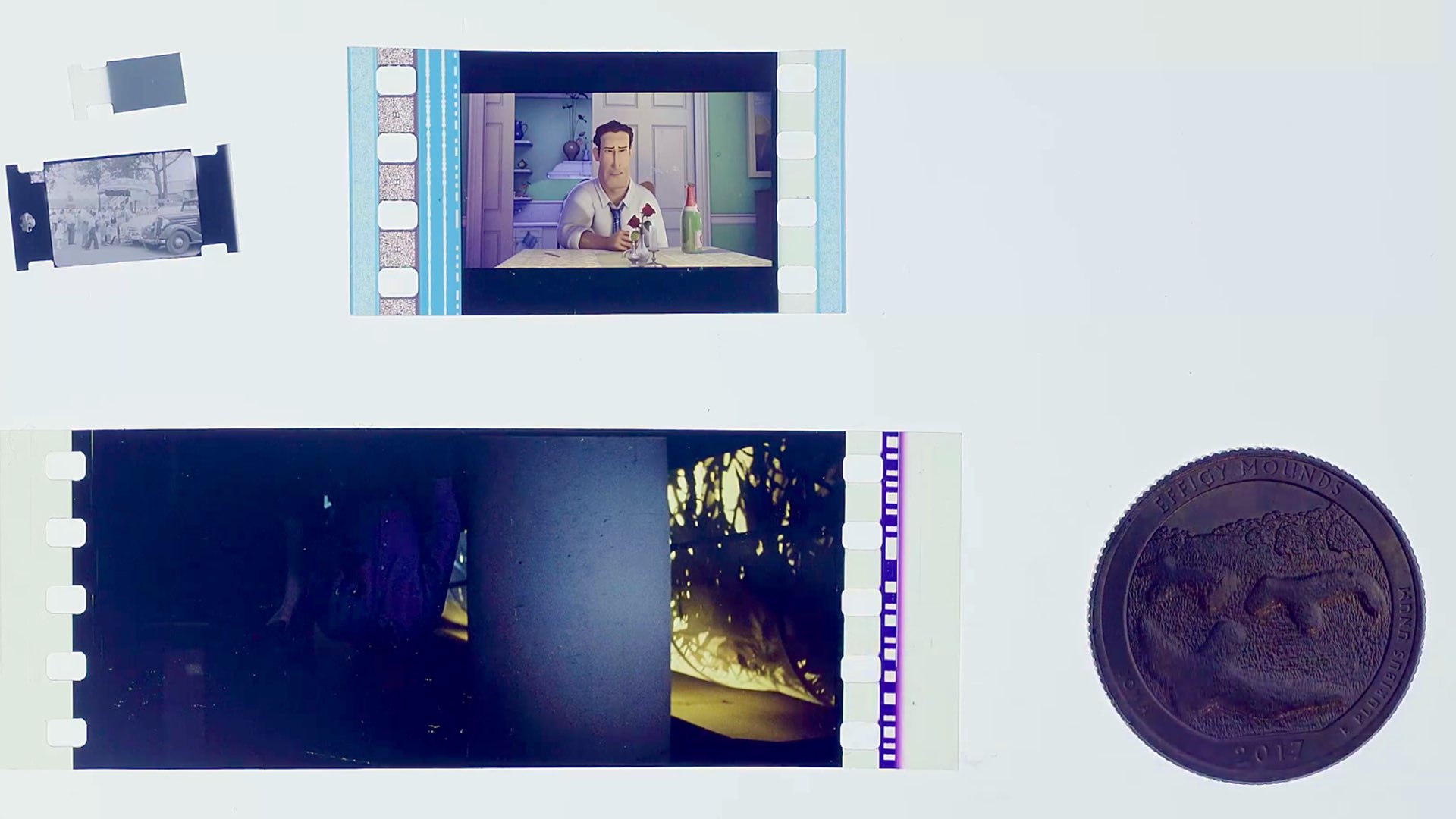
By adopting these strategies, IMAX can not only preserve its status as a premium cinema brand but also redefine the future of theatrical experiences in a rapidly changing industry.
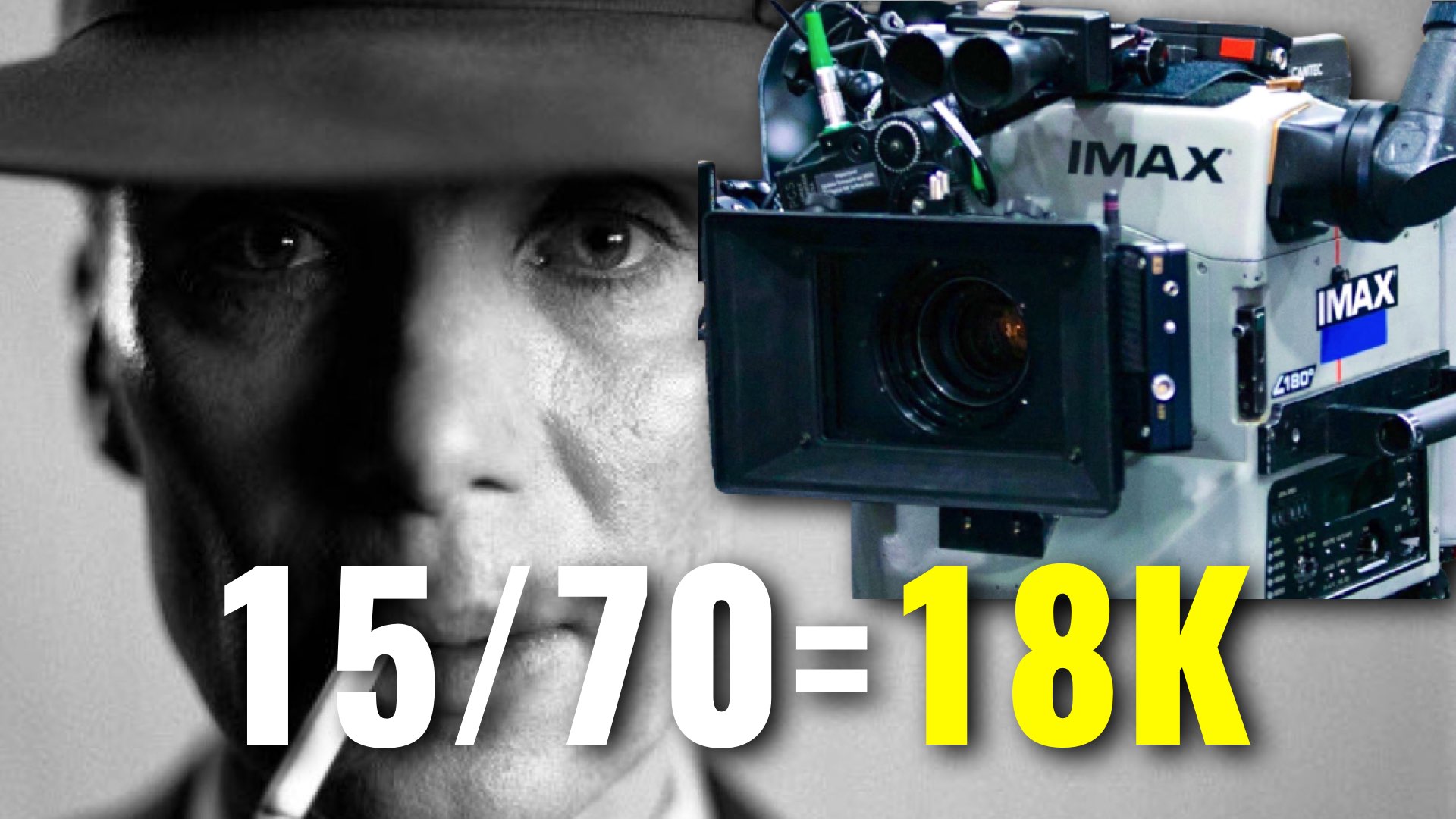
Educational Advice for Training Filmmakers for Premium Presentations
Why Filmmakers Should Focus on Premium Presentations
- Unique Storytelling Opportunities: Formats like IMAX offer unmatched immersion, allowing filmmakers to amplify their narratives.
- Cultural and Artistic Legacy: Theater-first presentations preserve cinema’s communal and transformative essence.
- Economic and Career Benefits: Premium-format films often command higher budgets and more prestige, boosting a filmmaker’s profile.
Educational Framework for Filmmakers
- Film Schools: Integrate courses on cinematic technologies and theater-based storytelling.
- Workshops: Emphasize sound design and visual composition for premium formats.
- Showcase Opportunities: Provide platforms for student films in premium theaters to foster ambition and exposure.
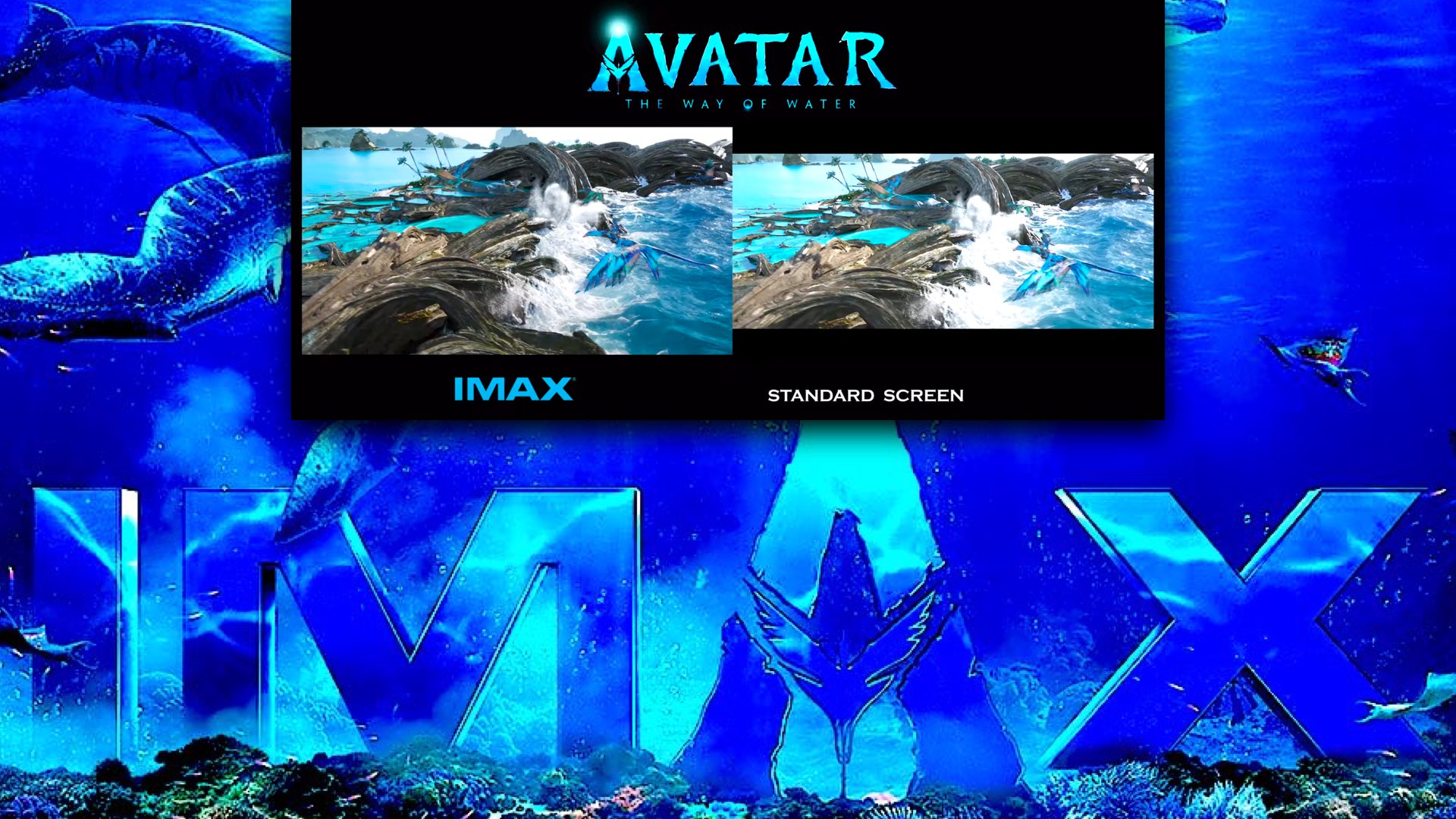
Conclusion: Cultivating a Premium Future for Cinema
In the face of technological advancements and shifting audience preferences, the film industry’s future lies in its ability to innovate while preserving the communal and immersive power of cinema. By educating the next generation of filmmakers to embrace premium formats, the industry can reignite passion among moviegoers and differentiate itself from the convenience-driven world of streaming and AI-generated content. This mission is more than an artistic endeavor—it’s a cultural imperative. Premium presentations remind us why cinema is a SHARED experience, a space where stories unfold on a grand scale and resonate deeply with audiences. By investing in their education and empowering them to dream big, we secure a future where the magic of movies continues to captivate audiences for generations to come.

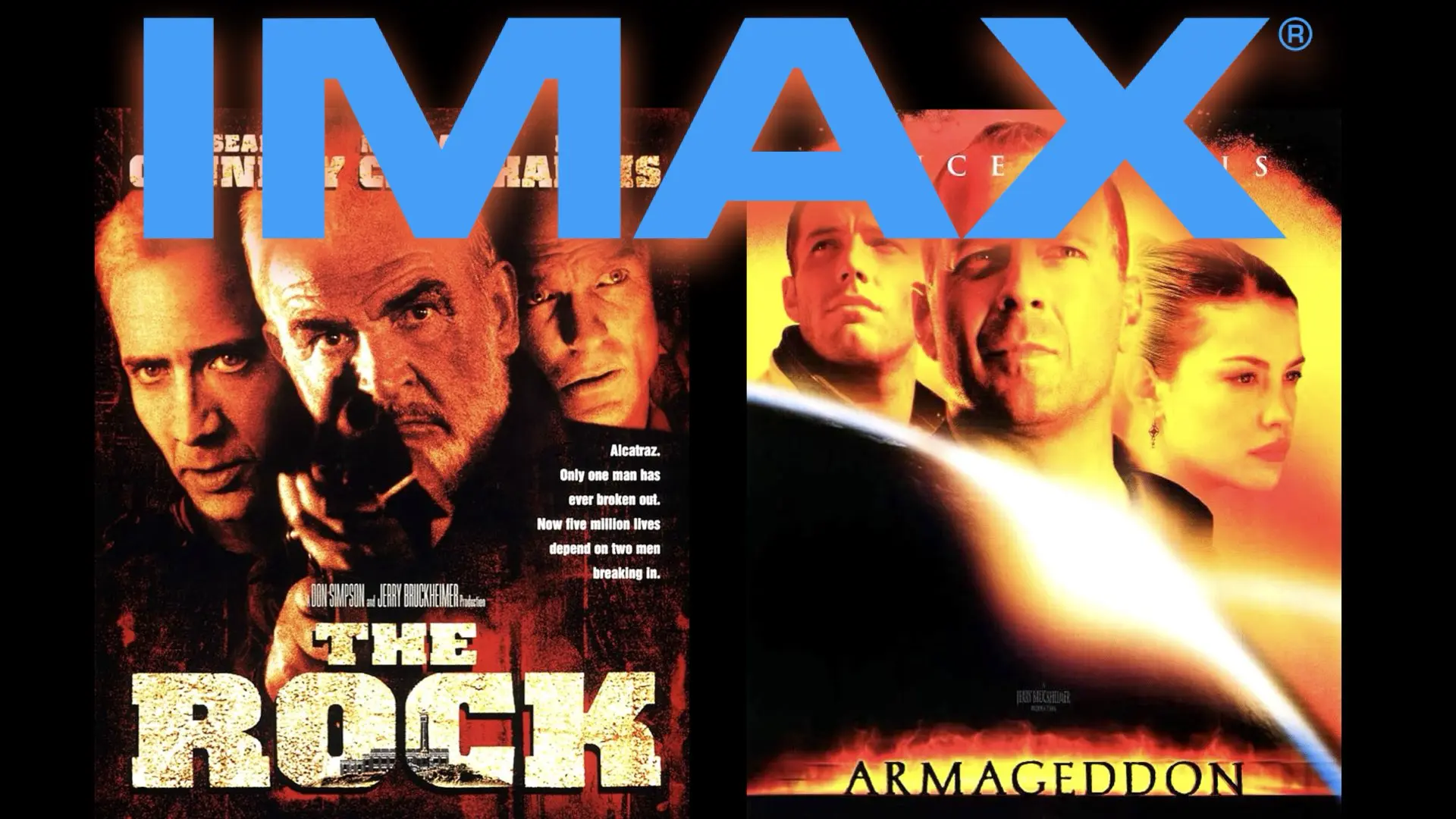

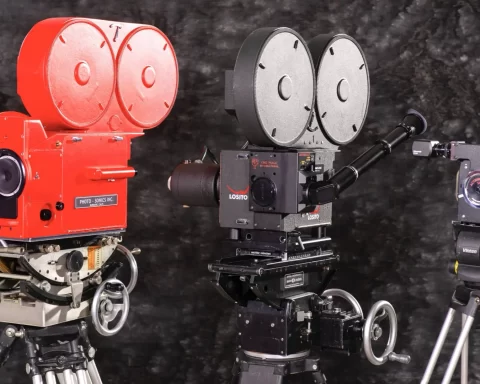

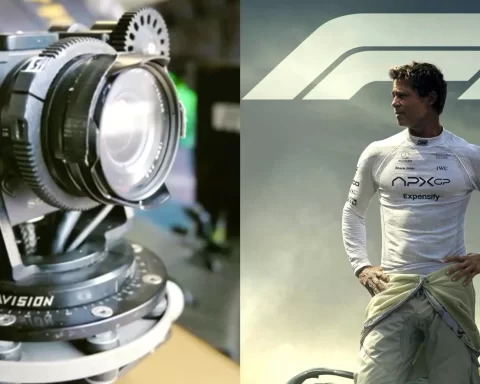




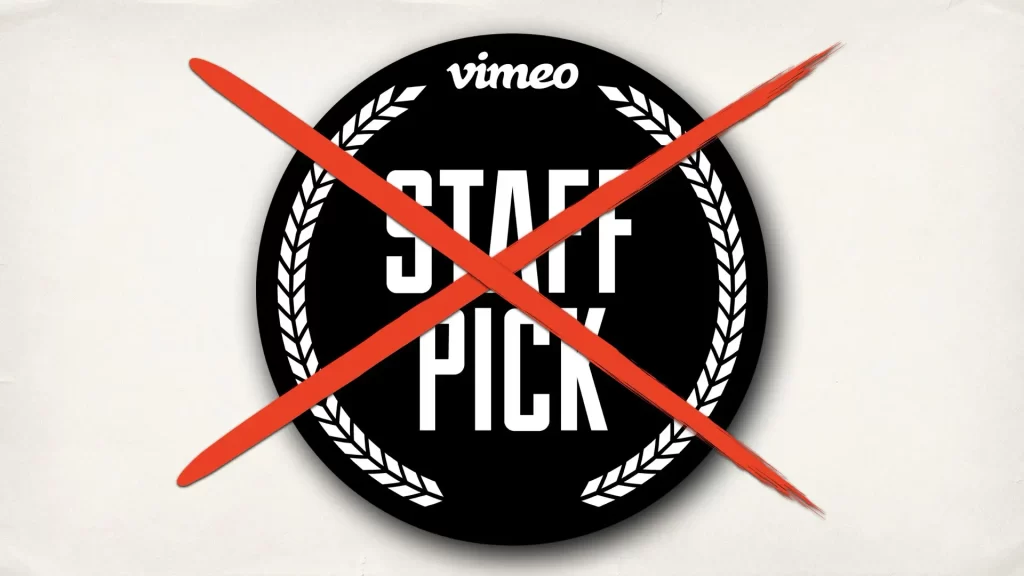

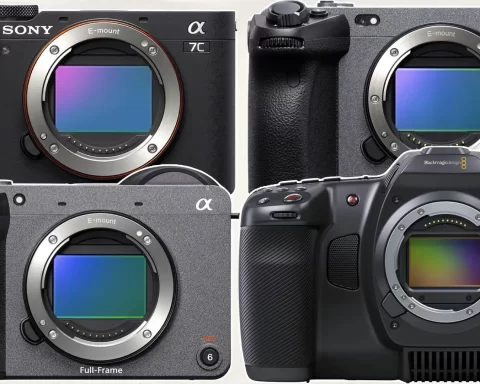
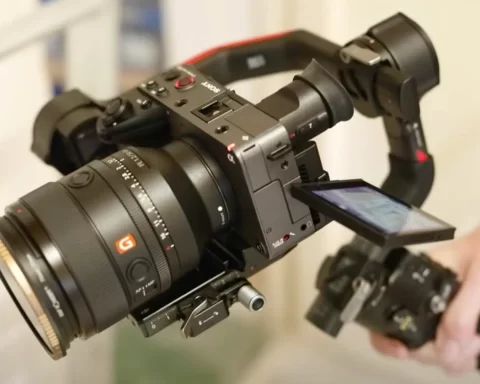
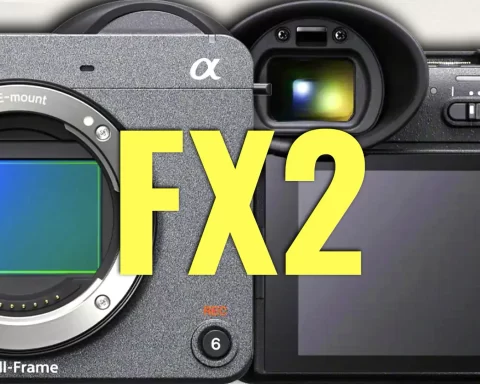


Technology will not revive the film industry. We may admire the cup however it is the wine that pleases us or doesn’t.
AI needs to be avoided like the plague by anyone serious about not only preserving film as a medium (real, actual film), but preserving anything else in this world that’s real and has value period.
AI is poison. It’s already half-ruined IMAX. They need to stop. Everyone needs to stop…
The only way to preserve film as a medium, and to preserve film-making as an art-form, is to go back, not to try to “innovate” and/or by “embracing new technologies.” That will only lead to the demise of all of it. What do you think led us into the current situation?
The solution to “saving film” and the film industry is simple: filmmakers need to go back to doing things the real way — shooting on film, using practical effects, etcetera — and theaters need to go back to showing film prints. This is the only solution.
“Technology” is, as it nearly always is, the very problem itself; implementing more of the problem will only exacerbate the problem…
As per usual, what we’re told is “progress” is exactly the opposite of progress.
We have to get back to what real because, simply put, nothing else has any value whatsoever. End of story.
+1
AI is a tool. Every innovation comes with its detractors. Told audiences did not want narrative film
Alice Guy-Blaché showed we do. Ditto sound, color, length, 3D. All these things are tools. They are to be used. Jean Cocteau said, “When the tools of the cinema become as inexpensive as pencil and paper the medium will finally become an art form.” Digital cinema is as inexpensive as pencil and paper. Nonetheless, it is the wine not the cup that matters.
That’s just it: “digital cinema” isn’t cinema. It’s garbage.
Also, if it’s so inexpensive, then why are movie budgets more ridiculous than they’ve ever been despite being shot and processed digitally? And why does it cost way more to go to the theater to watch a digital projection of a so-called “film” (a totally invalid term at this point) than watching vastly superior and better looking film release prints ever did?
Without film, cinema is dead. No digital technology has done anything to enhance cinema, and it never will. I’ve lived through the entire duration of these so-called digital “innovations.” People have got to quit believing in the incessant lies of “progress.”
AI is just the latest in a long series of digital, intangible technologies that have done nothing but ruin cinema (not to mention virtually everything else they’ve touched). They’re all gimmicks, at best.
Again, for there to be anything of value, we must get back to what’s real. And despite it creating an illusion on screen, everything about film was real. It was tangible, start to finish — the entire process, from the raw stock being manufactured by Kodak/Fuji/etcetera and sold to a studio before a production ever even started filming all the way to the final release prints making their way to the hands of your local theater’s projectionist.
It was real. Thus, it had value.
Regarding your list of “tools” or “innovations” (excluding 3D because it’s an absolute farce/gimmick and always was), they all share something in common: IT WAS STILL FILM.
After decades of watching the “progression” of the industry, I stand firmly in my stance/belief that digital IS the problem, as it’s very clearly ruined what cinema actually is (or was). It’s made it utterly meaningless and worthless.
In a world of 8 billion humans as of December 2023, there were 1,772 IMAX theaters located in 90 countries, the bulk of which, 1,693 were in commercial multiplexes. These include IMAX variations such as IMAX 3D, IMAX Dome, and Digital IMAX.
With a ratio of about 4.5 million people per IMAX screen, IMAX cannot preserve and revive the film industry? As a generalization, IMAX is really only available to the upper end of the socioeconomic viewing audience who live within reach of one of the multiplexes that have one of the IMAX screens.
Even the financially better off viewing audience who live in rural areas are often many miles away from the nearest IMAX facility. The cinema industry as of 2021 had around 208,000 theaters worldwide. The film industry is struggling to find a sound economic model to base its future on against the proliferation of streaming services. Streaming, sadly, will be the death of large scale screen public viewing, period.
From D. W. Griffith’s THE BIRTH OF A nation (1915) through the mid 1930s “A” motion pictures were seen in theatres which could seat thousands. Forgotten today is that they were seen at Legitimate Theatre prices. Then the movie as described themselves as cheap entertainment. The industry threw away its cachet. Comment all you will (and you will) disparagingly about D. W. Griffith. He made pictures which could command those prices. Not even Martin Scorsese is doing that now. Until you have experienced a motion picture with 5,000 people caught in its power you have not experienced the full power of the movies. When film makers do that the Cinema will be reborn. It is not the cup that matters. It is the wine. A poor wine in a poor cup is fine. A great wine in a poor cup is excellent. A poor wine in a great cup is a huge disappointment. We are getting too much poor wine in great cups. Digital Cinema and AI makes it possible for poor artists (and real artists generally are very poor) to create works without giving control over to those with the money.
Regarding your hilarious last sentence, you are aware independent films were being made for peanuts long before digital took over, right? And guess what — they were far superior to 99.9% of the independent “films” being made today, which are nearly all shot digitally and still usually cost much more than the film-based indies of yesteryear, even accounting for inflation.
They’re rare, but there are indeed still independent films that come out occasionally which were shot on film, despite almost non-existent budgets. To this day, shooting film doesn’t have to be expensive, be it for the truly independent filmmaker or for Hollywood. What it does require is competent people at every level of the process. You know — like what used to exist before incompetent children took over with their moronic “everything digital is so much better” mentality.
Even in today’s Hollywood, some of the most recent studio-backed movies shot on film were made for a fraction of their digitally-shot box office “competition.”
Again, shooting film doesn’t have to be expensive. But it does require legitimate skill and artistry. And therein lies the rub. As a result of the digitalization of everything there is very little in the way of true filmmaking skill left in the movie/TV industry (or in schools/universities), and there’s even less in the way of artistry. And that’s why the vast majority of movies and TV shows today are laughably bad.
We can thank digital for it.
To use your cup/wine analogy, sometimes the “great cup” of technological innovation is perpetually poisoned before anything is ever poured into it. Thus, whatever “wine” one does pour into it is instantly poisoned, always. That’s precisely what digital capture, processing, and projection has done to cinema. Even with the handful of good movies that have been shot digitally in the last decade and a half, they were still lesser for having been so. They all would have been superior movies had they originated on film. There’s zero doubt.
Digital is poison. It’s killed true art. AI is the final nail in the coffin.